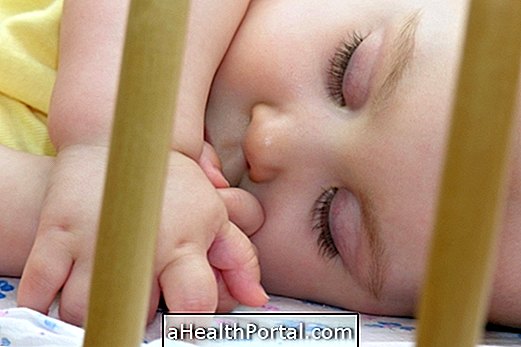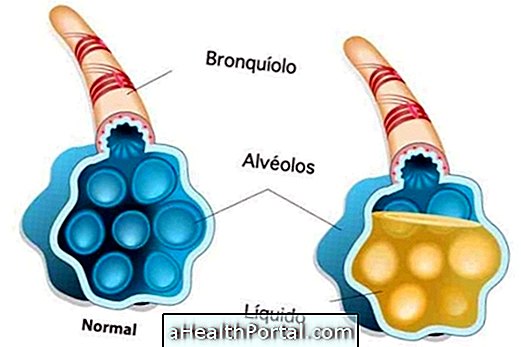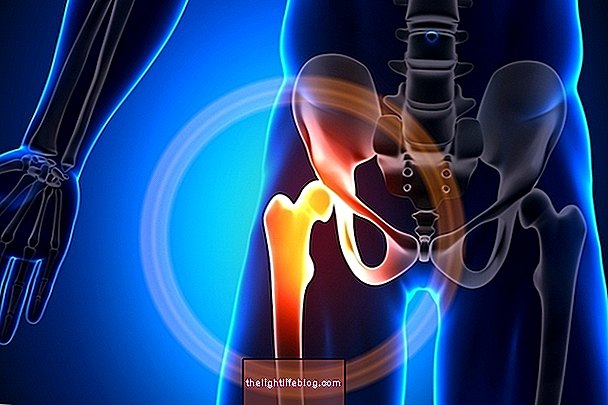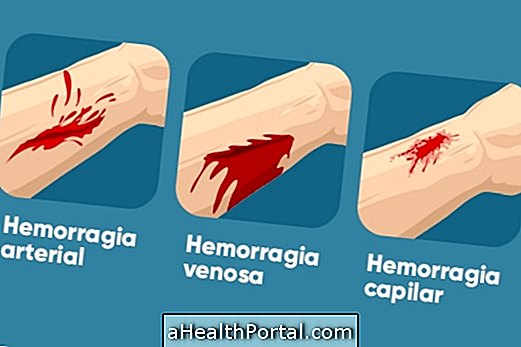The development at 29 weeks of gestation, which is 7 months pregnant, is marked by the positioning of the baby in the best position to come into the world, usually upside down in the womb, remaining until delivery.
But if your baby has not yet turned, do not worry because he still has many weeks ahead to change position.
Pictures of the fetus at 29 weeks
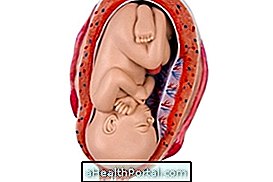

Fetal development at 29 weeks
At 29 weeks, the baby is very active, constantly changing positions. She moves and plays with the umbilical cord very much inside her mother's belly, which causes peace of mind to know that everything is okay, but it can also cause some discomfort, since some babies can get a lot of noise during the night, disrupting the mother's rest.
The organs and senses continue to develop and new cells multiply at any moment. The head is growing and the brain is very active, gaining this week the function of controlling the rate of breathing and body temperature from birth. The skin is no longer wrinkled and is now red. The baby's skeleton is getting harder and harder.
If you are a boy, this week the testicles descend from near the kidneys to the groin, toward the scrotal sac. In the case of girls, the clitoris is a little more prominent, because it has not yet been covered by the vaginal lips, a fact that will only occur completely in the last weeks before birth.
Fetal size at 29 weeks
The size of the fetus at 29 weeks is approximately 36.6 centimeters in length and weighs about 875 g.
Changes in woman
The changes in the woman at 29 weeks are the occurrence of possible numbness and increased swelling in the hands and feet, causing pains and varicose veins due to difficulties in blood circulation. It is advised to wear elastic stockings, elevation of the legs for a few minutes, especially at the end of the day, wearing comfortable shoes, performing light walks and avoid standing for too long. Colostrum, which is the first milk produced, can leave the mother's breast and look yellowish. In some women there may be increased vaginal secretion.
There is also the possibility of starting to occur some contractions, usually without pain and short duration. They are known as Braxton-Hicks contractions and will prepare the uterus for delivery.
Urinary frequency may increase due to compression of the bladder by increasing uterus. If this occurs it is important to talk to the doctor so that any possibility of urinary infection is ruled out.
At this stage of pregnancy, the woman usually has a weight gain of approximately 500 g per week. If this value is exceeded, guidance by a qualified professional to avoid excessive weight gain is important as it may be one of the first signs of developing high blood pressure problems in pregnancy.
Your pregnancy by quarter
To make your life easier and you do not waste time looking, we separate all the information you need for each trimester of gestation. What quarter are you in?
- 1st Quarter (1st to 13th week)
- 2nd Quarter (14th to 27th week)
- 3rd Quarter (from the 28th to the 41st week)


